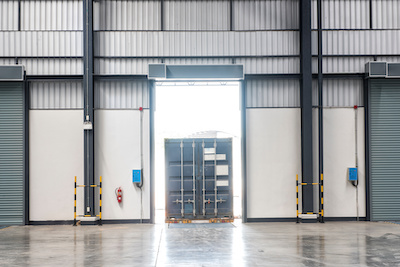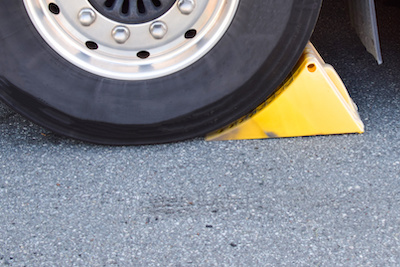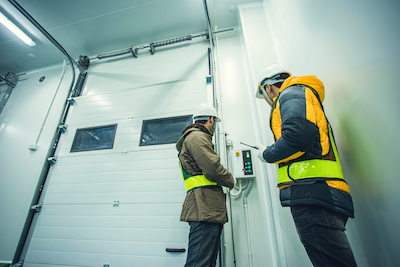Productivity Drains Putting Loading Docks At Risk
By Donald Markham

Anything less than shipping and receiving cargo as safely as possible—quickly—puts personnel at risk of serious injury, delays the exchange of goods and services, and can send productivity at the loading dock packing.
U.S. warehouses, for instance, regularly report over 200,000 employee accidents every year, in addition to $80 billion in inefficiency costs on top that, which reveals no shortage of suffering incurred by slow and hazardous operations.
A big portion of this can be attributed to deficiencies in the design and processes of dock areas where harsh weather, airborne contamination, trailer separation and miscommunication can slip through the cracks, endangering freight and workers.
Unfortunately, when plans to mitigate these well-known accident and productivity risks fail, it’s often the reputation of facilities and operations specialists on the line.
That’s because someone has to answer for compliance violations likely to ensue, forthcoming customer complaints, and any compensation requests from injured parties.
But whether it’s employees at risk of taking the fall or your shipments being exposed to damage and delays, the end result is always the same: productivity drains caused by one or more of the loading dock threats below!
LOADING DOCK THREATS WAITING TO FAIL AT ANY MOMENT
1. DOCK GAPS

Dock gaps, or tiny crevices surrounding bay doors, tend to add up to several feet of risk exposure across multiple positions, opening you up to a series of damaging effects.
What effects in particular?
Let’s start with the risk of weather-related employee accidents, product damage and airborne contamination that can seep through. If this isn’t enough, how about the untold costs of energy loss per annum, easily somewhere in the thousands per loading dock position. And to cap things off, there’s the simple fact that dock gaps are common cause of failed inspections, since they’re a tell-tale sign of unsealed perimeters deemed unsafe by regulators.
2. MANUAL EQUIPMENT

When equipment has to be operated manually, there exists the risk of human inefficiency.
This is the case with the deployment of mechanical dock levelers, when preparing for loading and unloading, and the placing of wheel chocks to keep trailers stationary.
Mechanical levelers, for example, require more physical effort and time to operate, even though their sensitive parts, like springs, will fail and need to be repaired more often than hydraulic systems. Wheel chocks, similarly, depend on someone having to move them in and out of position; again, taking more time, without assurance they won’t slip or be misplaced, unlike with vehicle restraints that are automatic.
3. OUTDATED CONTROLS

Frequently the single greatest cause of failure between truck drivers, material handlers, and dock equipment is miscommunication.
And if your warehouse is high-volume and fast-paced, then the chances for mixed signals becomes concerning for all.
But it’s not like you can rely on outdated loading dock technology to fix it, when it’s their capability that’s lacking in the first place. Such is the case with security controls that aren’t integrated to activate vehicle restraints, sectional doors, levelers and lights when needed, cluttering shipment protocols instead of streamlining them into a safe and efficient process—operable via interconnected control panels at your command.


 Donald Markham is an experienced facility access specialist helping facility operations teams move the needle in the areas that matter most with proven door and dock solutions that got your back in every situation!
Donald Markham is an experienced facility access specialist helping facility operations teams move the needle in the areas that matter most with proven door and dock solutions that got your back in every situation!